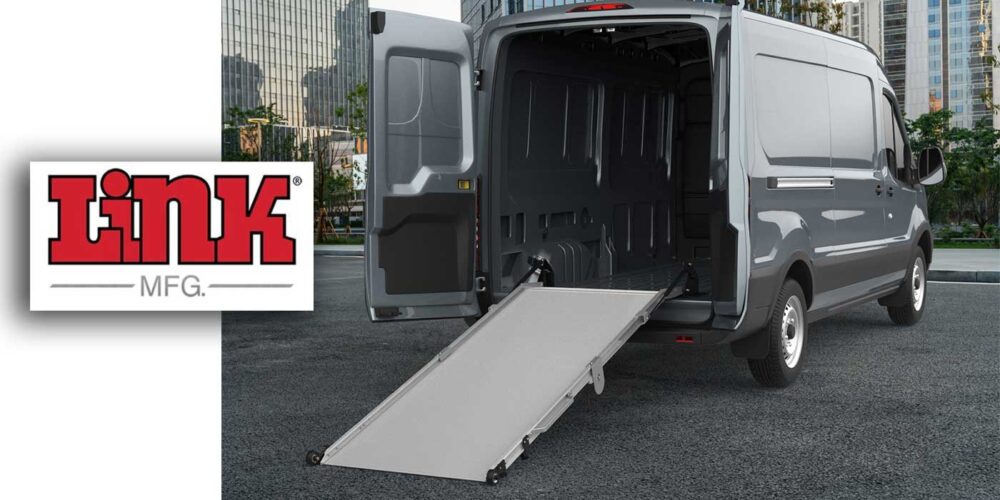"Iridescent" is a word you probably haven’t associated with your tire program. However, it may describe a concept fleet managers should be thinking about when considering outsourcing and maintenance.
Iridescent is defined as "displaying a variety of different colors that change when viewed from different angles." With different "angles" impacting our industry today, here are some examples of relevant changes that can affect tire program costs.
Outsourcing maintenance, both routine and unscheduled, continues to grow. The escalating costs of labor/
benefit packages, restricted capital for in-house facilities and, ironically, improved tire reliability have all contributed to this trend. In most cases, this results in the contractors selecting materials and procedures that may not have your fleet’s best interests as a priority. Unless proper guidelines are established and communicated by the fleet, decisions on parts and services provided default to the third party. Many of the details that well-run shops have taken for granted may be overlooked or neglected by vendors, even with good intentions, in the spirit of cost control.
For example, some fleets have experienced problems caused by nail hole repairs using patch materials that failed because of rubber and/or cements from unknown origins. Other problems have resulted from metal valve stems that were improperly machined, causing leaks. In both instances, there were no identifying brand marks or country of origin. It is obvious that both small, yet critical, components were chosen based on initial cost rather than quality or overall value. Other examples include hub piloted wheel mountings where the 12 o’clock pilot mount or correct torque sequence was not followed, causing vibration. Most managers know that such details are important to successful tire programs, but some fail to include these “best practices” in outsourcing agreements.
The industry also is experiencing increasing use of tire pressure monitoring and inflation maintenance systems and, in some cases, sealant additives or components. A lesser appreciated fact is that tires only lose inflation for a reason, most commonly nail hole-type punctures. If tires are allowed to continue running with slow air loss, even if the proper pressure is being maintained with makeup inflation, premature casing degradation will likely occur. Results include early takeoffs, accelerated new tire purchase requirements, reduced total casing life, lower retread expectancy and compromised fuel efficiency—or a combination of these. The bottom line here is to recognize that these new systems can significantly reduce traditional over-the-road tire problems, but that high quality tire inspections and prompt attention to all air loss issues are required to receive the full benefits of this technology.
Another trend is to extended service intervals and higher truck utilization, both of which translate to longer time intervals before the trained eyes of an experienced tire technician, who has the fleet’s direct interest in mind, can perform high quality visual inspections. Smart fleets should incorporate written best practices and training in fingertip diagnostics so that drivers and third-party providers can report this non-safety related, but potentially costly, condition when conducting pre-trip inspections or routine CSA checks.
These are just several examples of where problems can surface in today’s environment compared to the times when tire/wheel maintenance was performed in-house. How can these be avoided? Short of constant vendor monitoring and routing trucks into a company shop after service (which defeats the basic cost containment goal of subcontracting tire work), the best start is to clearly define all those little details and expectations that have been included in your shop best practices before outsourcing. This can be time consuming and tedious, but isn’t rocket science. If there is no ready reference, there are many qualified tire and wheel field consultants who can make short work of this. Tire program details should be written and thoroughly communicated to third-party maintenance suppliers you are trusting to act in your fleet’s best interest.













